Office Report: Coworking Expands as Flex Work Grows
Coworking spaces increased by 25 percent year-over-year as of February, the latest CommercialEdge report shows.
Coworking continues to expand, offering more flexible options as the workforce adapts to ongoing cultural and technological shifts, the latest CommercialEdge report shows.

Since the pandemic, coworking has emerged as a viable alternative to the rigidity of both in-office and remote work models, creating new opportunities for collaboration. Companies increasingly view coworking as a practical solution, fueling the growth of flexible office spaces across the U.S.
By February, there were 7,814 coworking spaces nationwide, a 25 percent increase from the same time in 2024. The total coworking space grew by 15.2 percent, reaching 140.1 million square feet, now representing 2.0 percent of all office space. Regionally, the Southeast leads in both locations (1,960 spaces) and square footage (33.3 million square feet), followed by the West and Northeast. The Midwest showed the strongest growth in both space and locations, though it remains smaller in scale.
Over the past year, the average size of coworking spaces shrank by 1,524 square feet, with the Northeast seeing the largest decline. The Midwest was the only region to see growth in average size. As coworking spaces increasingly shift to suburban areas, this trend is expected to continue, CommercialEdge believes.
READ ALSO: Where’s the Coworking Sector Headed?
At the end of February, the national office vacancy rate stood at 19.7 percent, reflecting a 180-basis-point increase from the previous year and remaining virtually unchanged from January. Vacancy rates have continued to climb in recent years as remote and hybrid work persist. The highest vacancies were reported in San Francisco (27.8 percent), Austin (27.4 percent), the Bay Area (26.2 percent), Denver (25.0 percent) and Detroit (24.6 percent).
National full-service equivalent listing rates averaged $33.41 per square foot in February, rising by 3 cents from the previous month and 5.7 percent year-over-year. CommercialEdge data shows that Manhattan had the highest listing rate at $68.98 per square foot, followed by San Francisco at $63.63 per square foot.
Office-using employment grew by 24,000 jobs in February. While government jobs aren’t traditionally classified as office-using, they still contribute significantly to office demand. By the end of 2024, the federal government employed over three million people, with Washington, D.C., being the most vulnerable to workforce reductions. The metro had nearly 375,000 federal employees at that time, according to the Bureau of Labor Statistics.
Office sales reach $7 billion as construction slows
In February, the office construction pipeline totaled 48.6 million square feet, representing just 0.7 percent of total inventory, according to CommercialEdge. Office deliveries hit a 10-year low in 2024, and 2025 is on track for an even lower total. With only 11.3 million square feet breaking ground last year and no major rebound expected, demand for new office development has largely disappeared amid rising vacancies, economic uncertainty, and the continued prevalence of remote and hybrid work.
Boston led the country with 6.5 million square feet of office space under construction, accounting for 2.5 percent of its total inventory. Austin followed with 3.6 million square feet (3.7 percent of stock), while San Francisco had 3.2 million square feet underway (2.0 percent). San Diego reported 3.1 million square feet in development (3.2 percent), and Dallas rounded out the top five with 2.9 million square feet (1.0 percent of its inventory).
Meanwhile, office sales reached $7 billion in the first two months of the year, with properties trading at an average of $177 per square foot. Manhattan led all markets with $1.8 billion in office sales, followed by Chicago ($561 million) and the Bay Area ($467 million).
Read the full CommercialEdge office report.

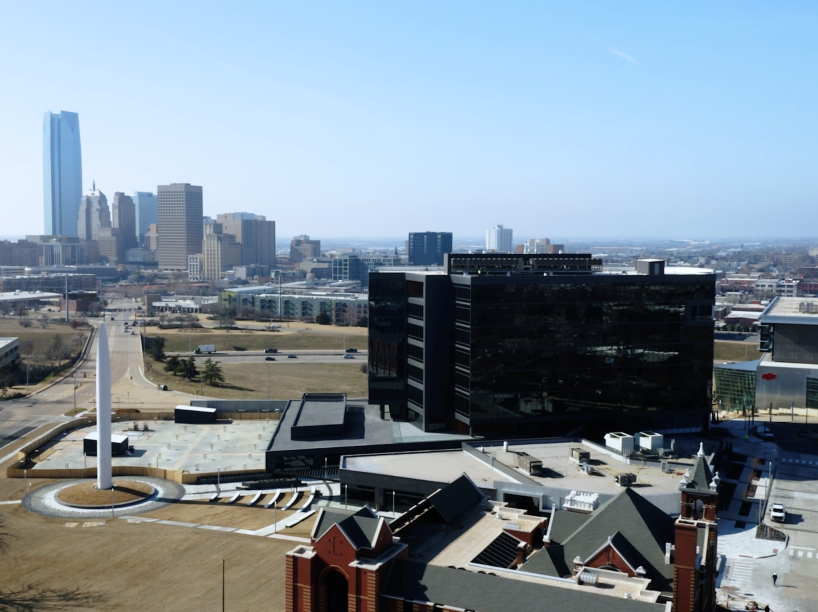
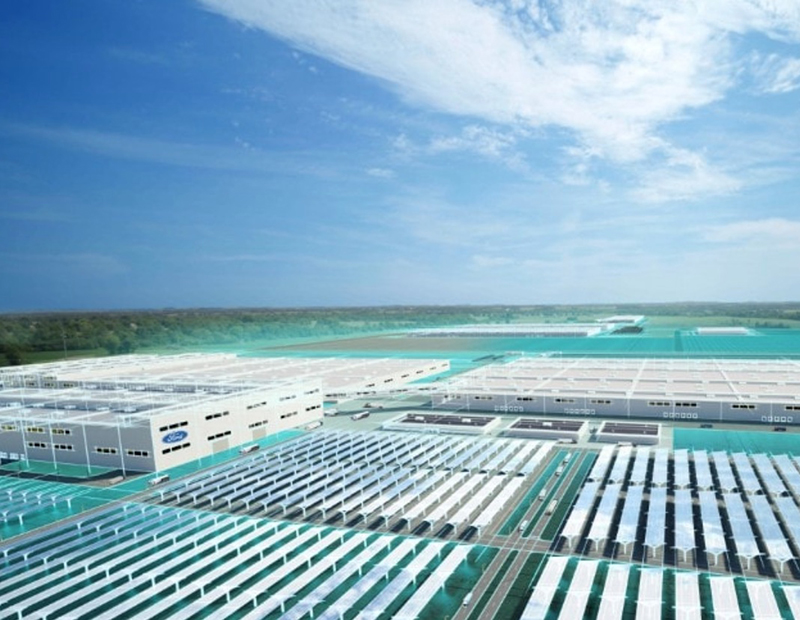
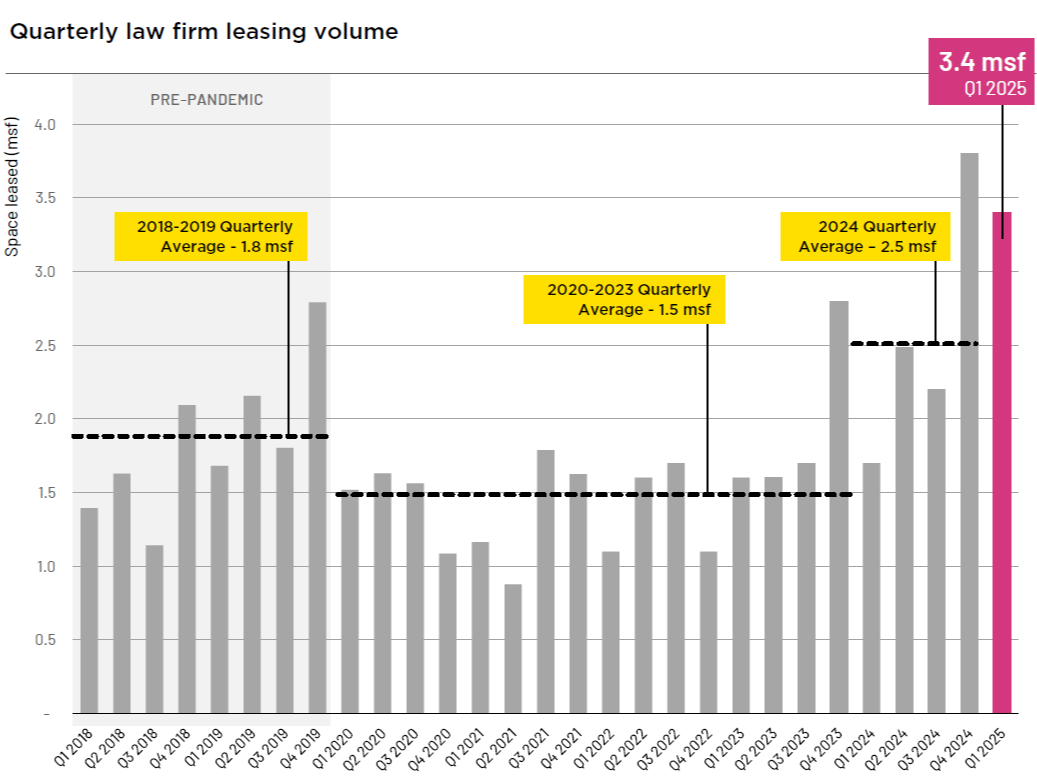
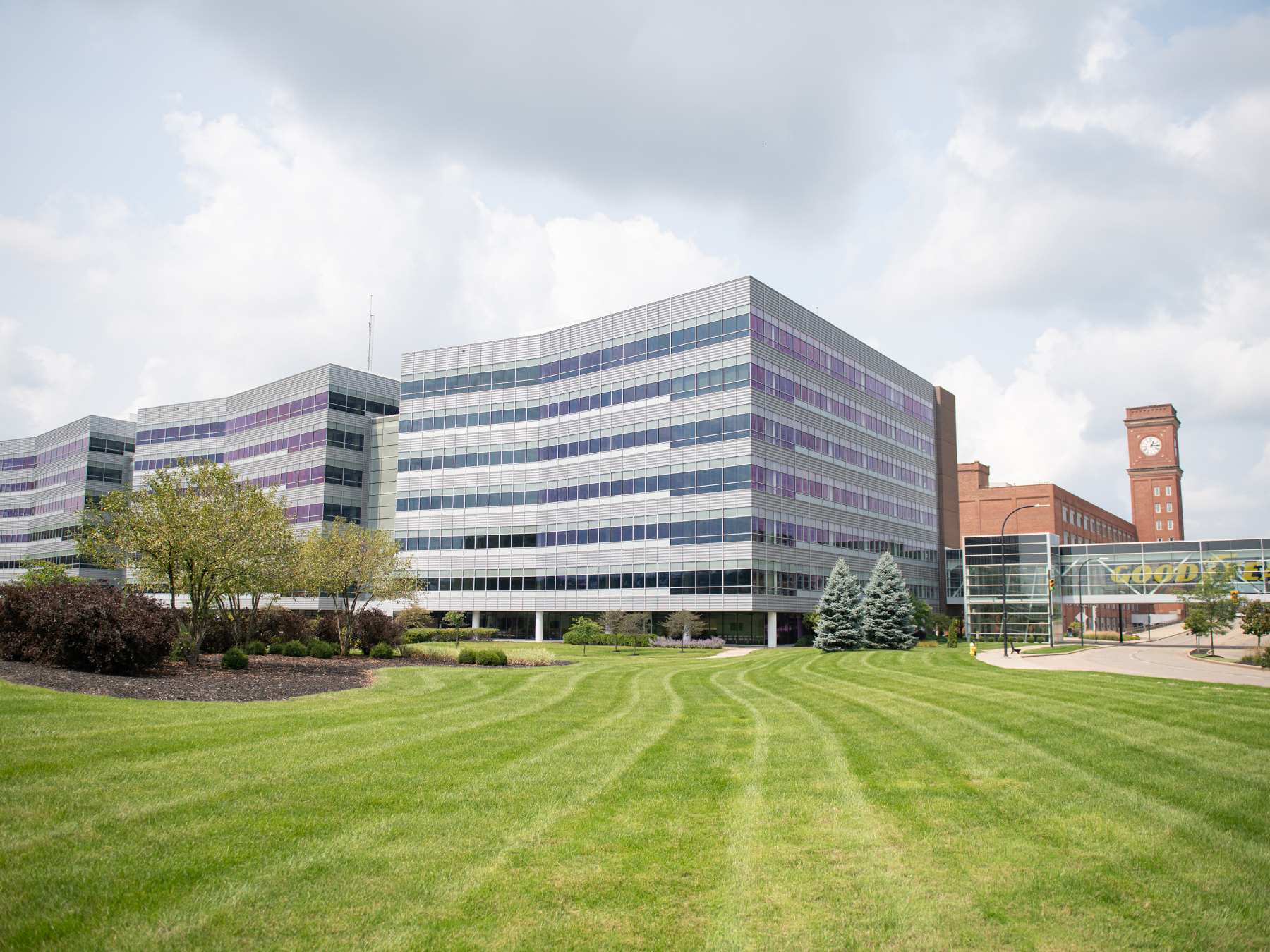

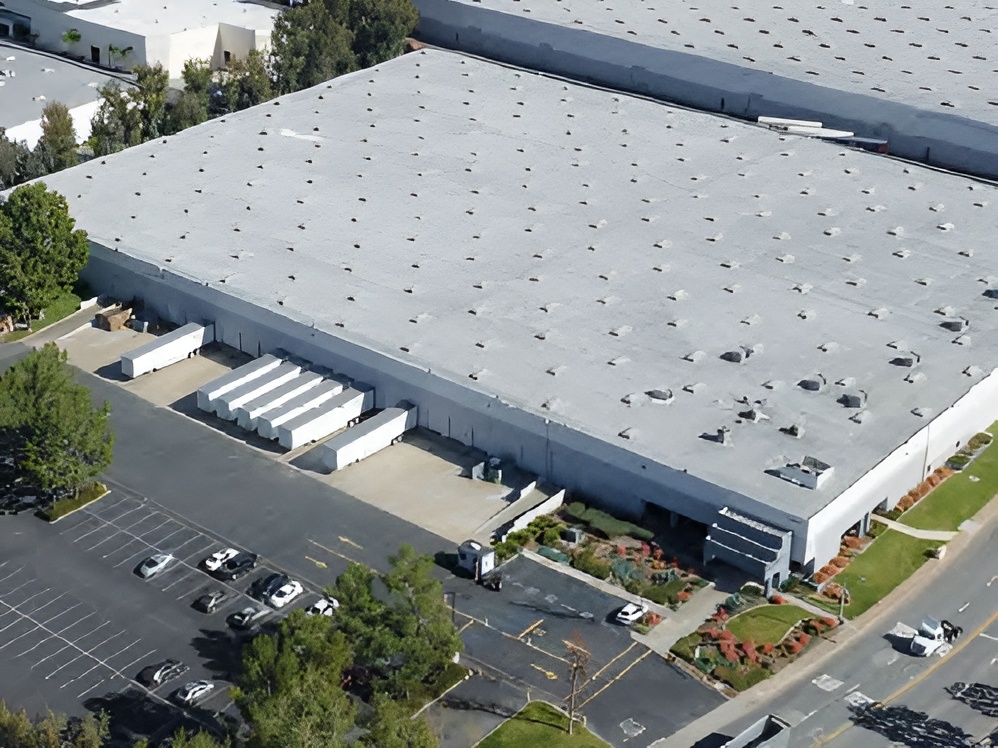
You must be logged in to post a comment.